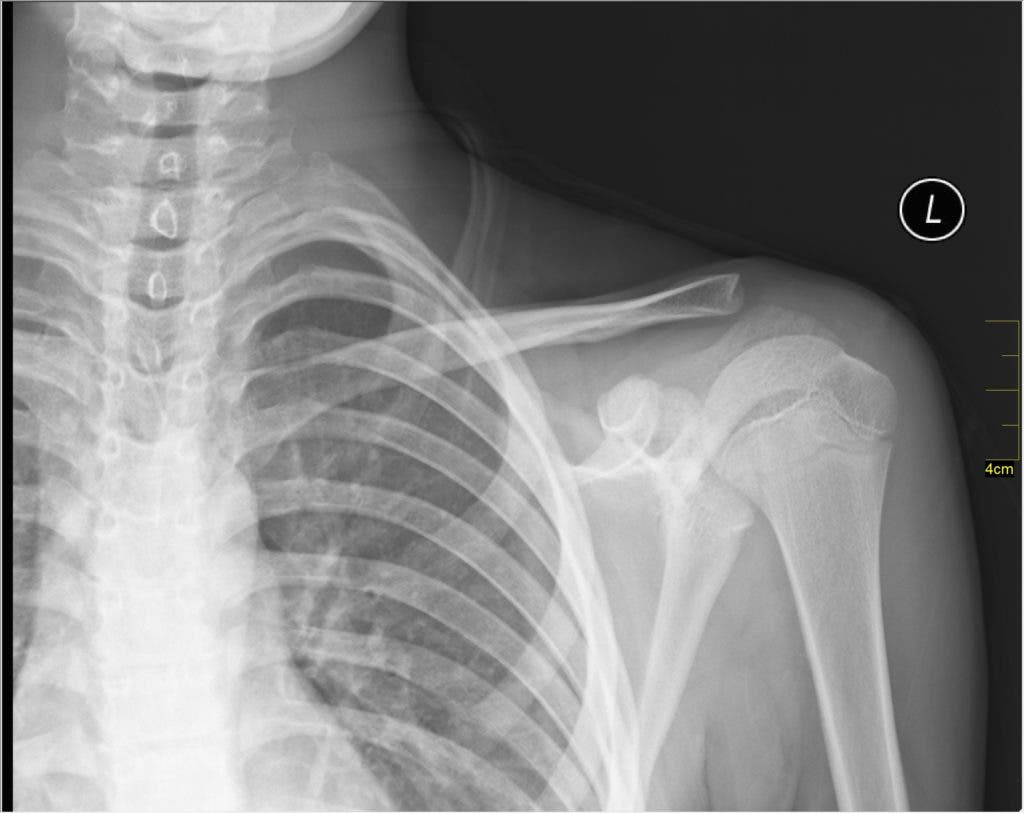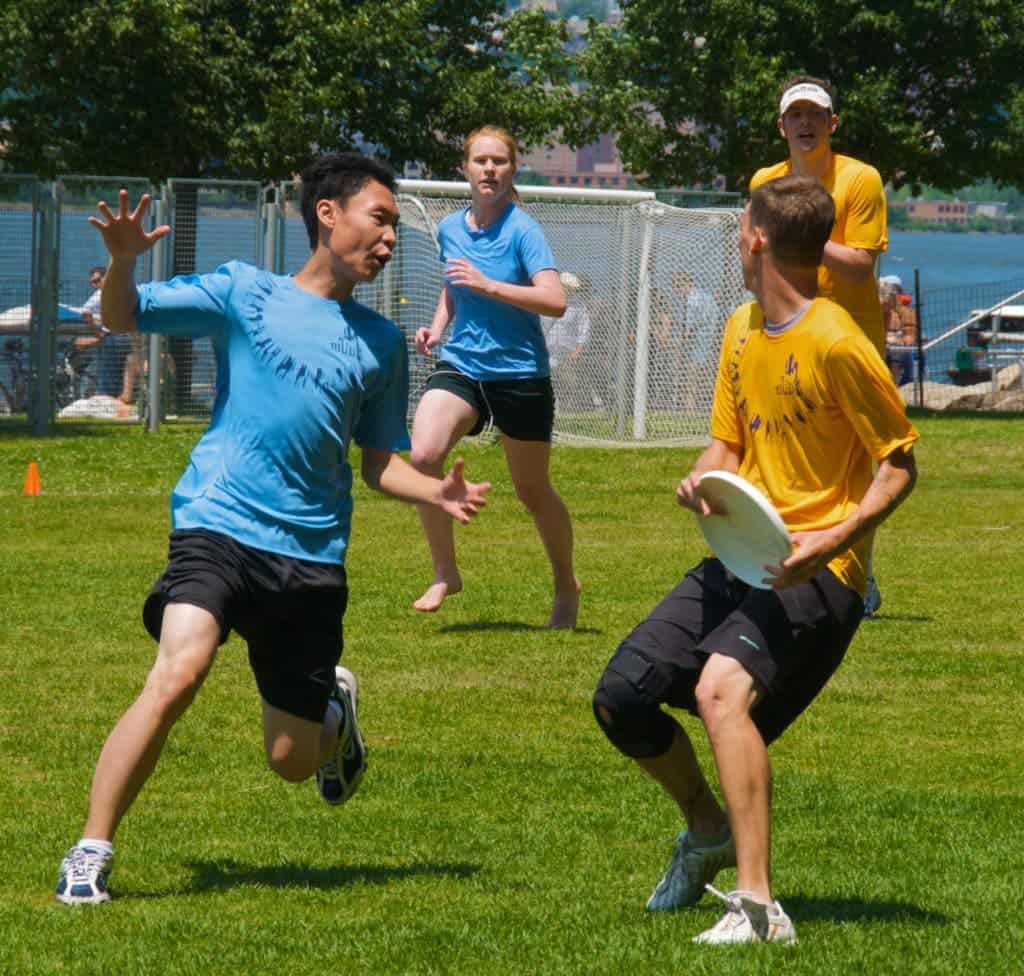Inactive teens end up with weaker bones for life, a new study finds, highlighting the importance of physical activity during teenage years.
Researchers have confirmed what pretty much every mother has been saying since forever — if you slouch as a teenager, you’ll have bad bones.
“We found that teens who are less active had weaker bones, and bone strength is critical for preventing fractures,” said Leigh Gabel, lead author and PhD candidate in orthopedics at UBC.
Gabel and her team analyzed physical activity and bone strength in 309 teenagers, girls aged 10-14 and boys aged 12-16 — a particular period that is crucial for lifelong, healthy skeletal development. They used high-resolution 3D X-ray images to compare the bone strength in kids who got less than 30 minutes of exercise a day and in those who got the recommended 60 minutes of physical activity.
Basically, what they found is that it doesn’t really matter what they do, as long as they do something. Whether it’s playing games or swimming or just running around, it makes a big difference. Even short bursty activities generally not considered sports help, such as dancing around the house, walking the dog, or even doing chores (sorry, kids!).
“Kids who are sitting around are not loading their bones in ways that promote bone strength,” said Gabel, which is why weight-bearing activities such as running and jumping and sports like soccer, ultimate Frisbee and basketball are important.
Also, results were similar for boys and for girls — although the bone structure of the two sexes is somewhat different in terms of bone size, density, and microarchitecture, the overall trend was similar.
The takeaway is pretty straightforward: we need to encourage teens to be more in their day to day life. But how? Parents and teachers can help by being a good example and limiting screen time. In most cases, browsing the internet or playing computer games takes too much time and there’s no room left for physical activity. No one is suggesting forbidding said activities, but making sure that a little bit of physical activity is fitted into their program is very important.
“We need school-and community-based approaches that make it easier for children and families to be more active,” said co-author Heather McKay, a professor in orthopedics and family practice at UBC and the Centre for Hip Health and Mobility.
“The bottom line is that children and youth need to step away from their screens and move to build the foundation for lifelong bone health,” said McKay.
Journal Reference: Leigh Gabel, Heather M Macdonald, Lindsay Nettlefold, Heather A McKay — Physical Activity, Sedentary Time, and Bone Strength From Childhood to Early Adulthood: A Mixed Longitudinal HR-pQCT study











